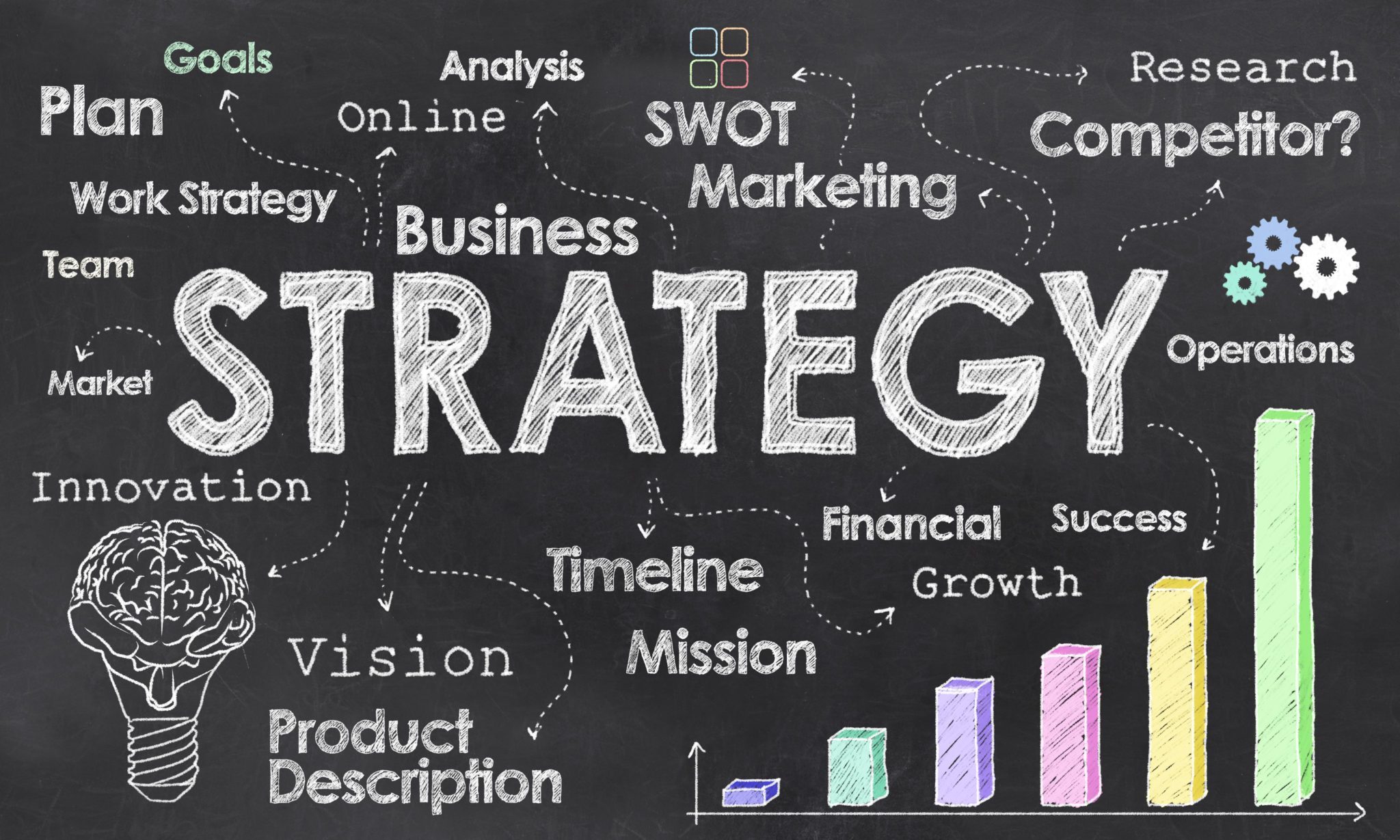A business product is more than just a physical item or a service. It’s the tangible or intangible offering that a company provides to its customers to solve a problem, fulfill a need, or enhance their lives. It’s the core of any business, the reason customers engage with the company, and the foundation for revenue generation.
Types of Business Products
Business products can be broadly categorized into two main types:
- Goods: These are tangible products that can be physically touched and owned. Examples include raw materials, machinery, equipment, and finished goods.
- Services: These are intangible offerings that provide value to customers. Examples include consulting services, software subscriptions, transportation, and financial services.
Key Characteristics of a Successful Business Product
A successful business product possesses several key characteristics:
- Solves a Problem: It addresses a specific need or pain point for the target audience.
- Provides Value: It offers significant value to customers in terms of functionality, quality, or convenience.
- Differentiates from Competitors: It stands out from the competition with unique features, benefits, or a compelling brand story.
- Meets Customer Expectations: It fulfills customer expectations in terms of quality, performance, and reliability.
- Generates Revenue: It generates sufficient revenue to cover costs and contribute to the profitability of the business.
The Importance of Product Development and Innovation
Developing and launching a successful business product requires careful planning, research, and execution. The product development process typically involves several stages, including:
- Idea Generation: Identifying and evaluating potential product ideas.
- Market Research: Conducting thorough market research to understand customer needs and preferences.
- Product Design and Development: Designing and prototyping the product, ensuring it meets the desired specifications and quality standards.
- Testing and Refinement: Testing the product with target customers and making necessary adjustments based on feedback.
- Launch and Marketing: Launching the product to the market and implementing effective marketing campaigns to reach the target audience.
Continuous Improvement and Adaptation
The journey of a business product doesn’t end with its launch. Continuous improvement and adaptation are crucial for long-term success. Businesses must constantly monitor customer feedback, analyze market trends, and adapt their products to meet evolving customer needs and competitive pressures.
In today’s dynamic business environment, developing and delivering innovative business products is more critical than ever. By focusing on customer needs, embracing innovation, and continuously improving their offerings, businesses can gain a competitive edge and achieve long-term success.









